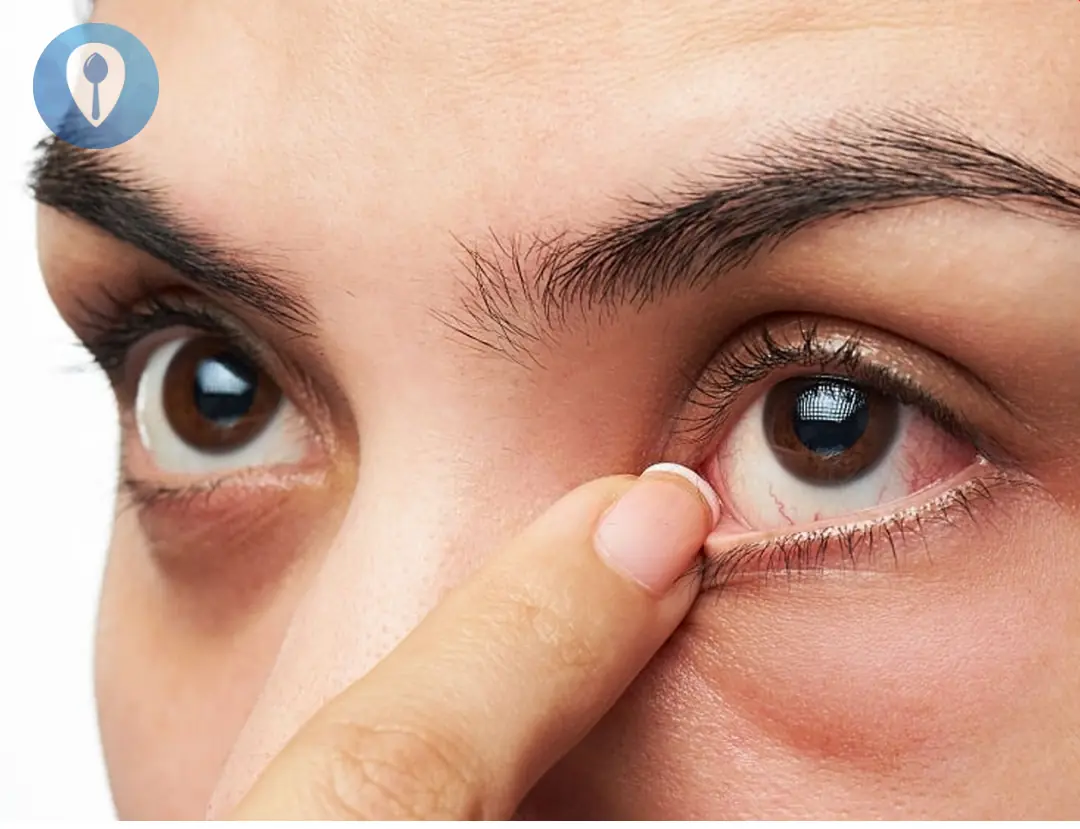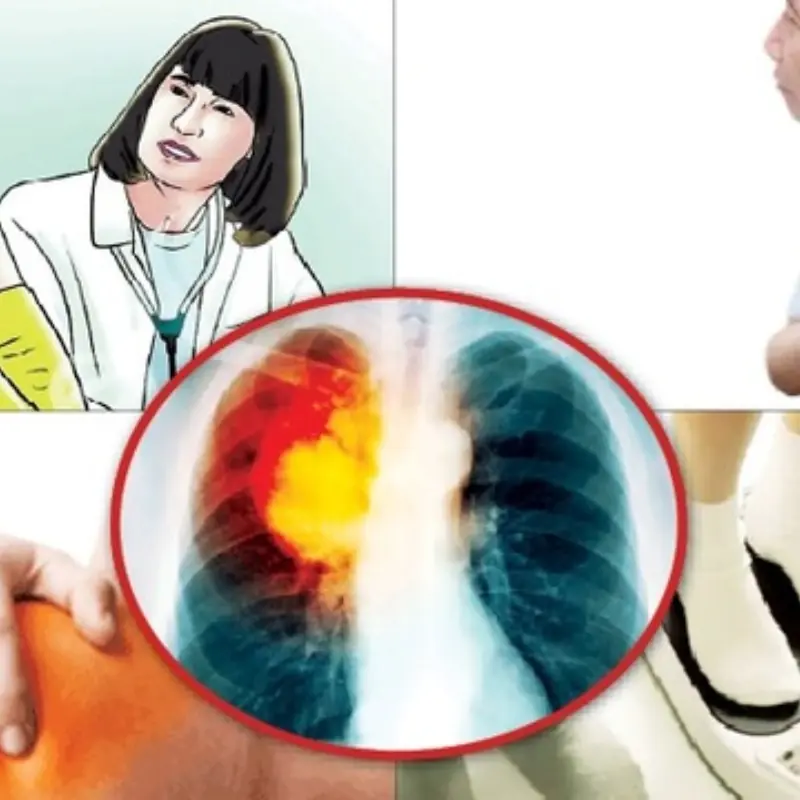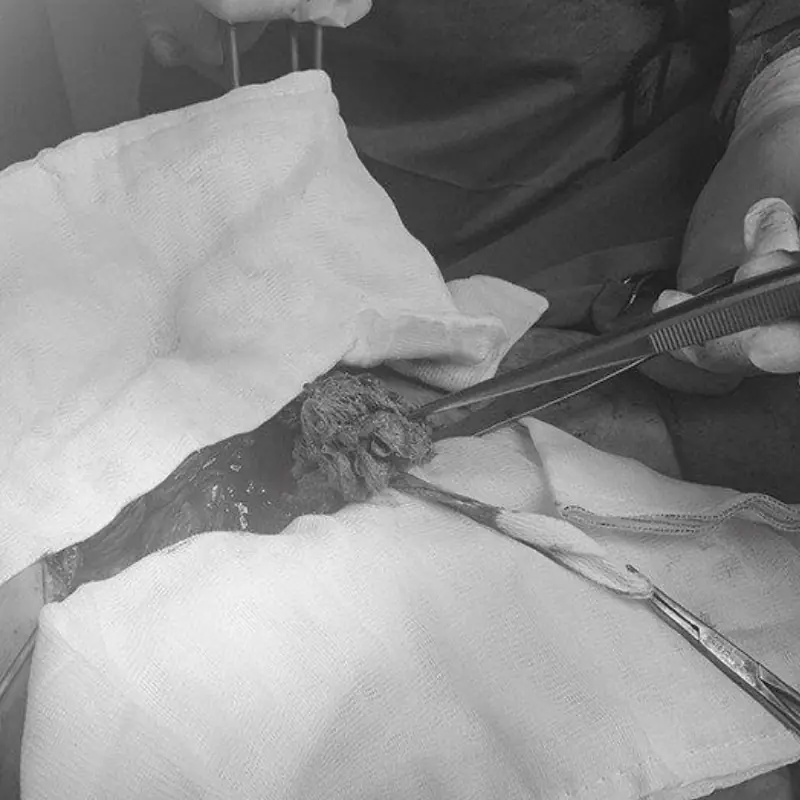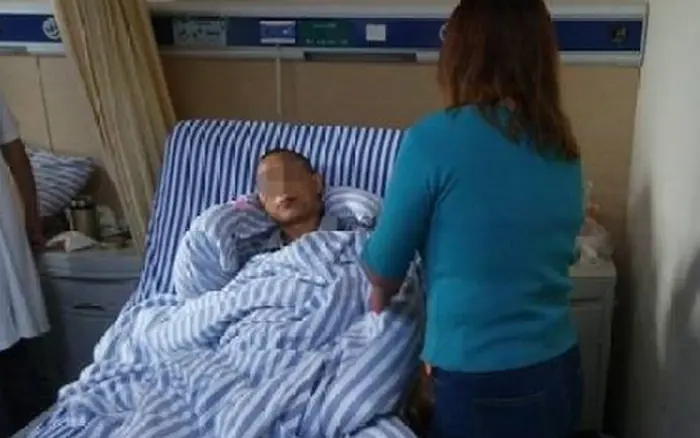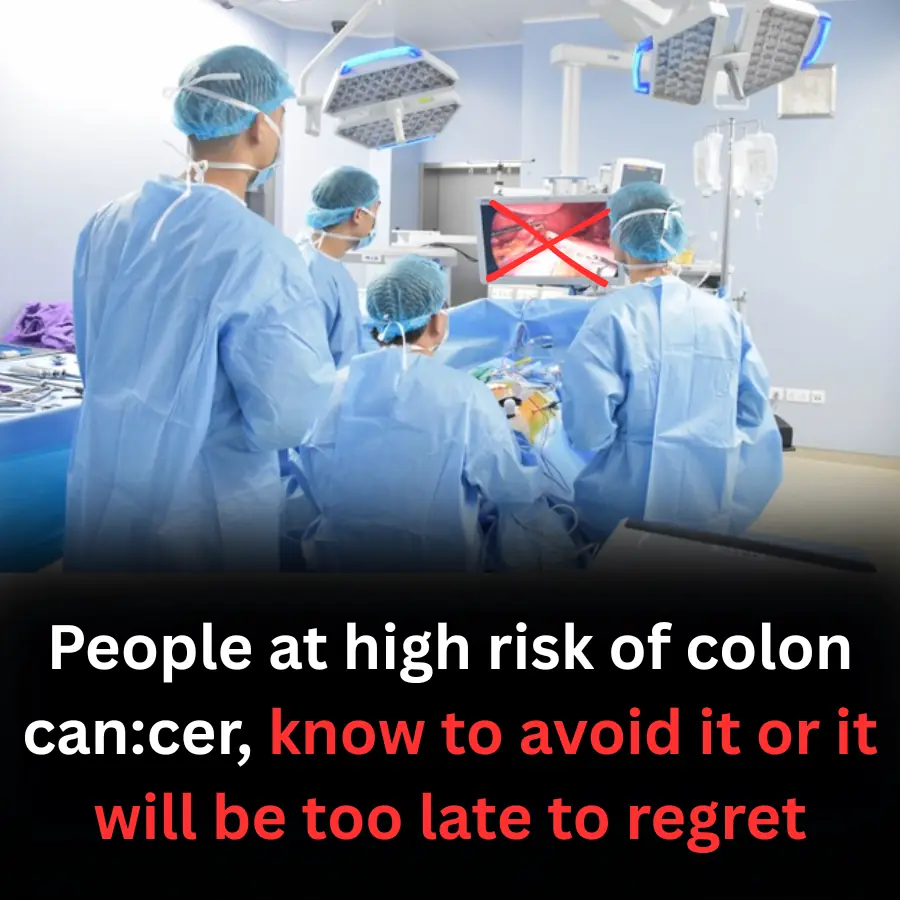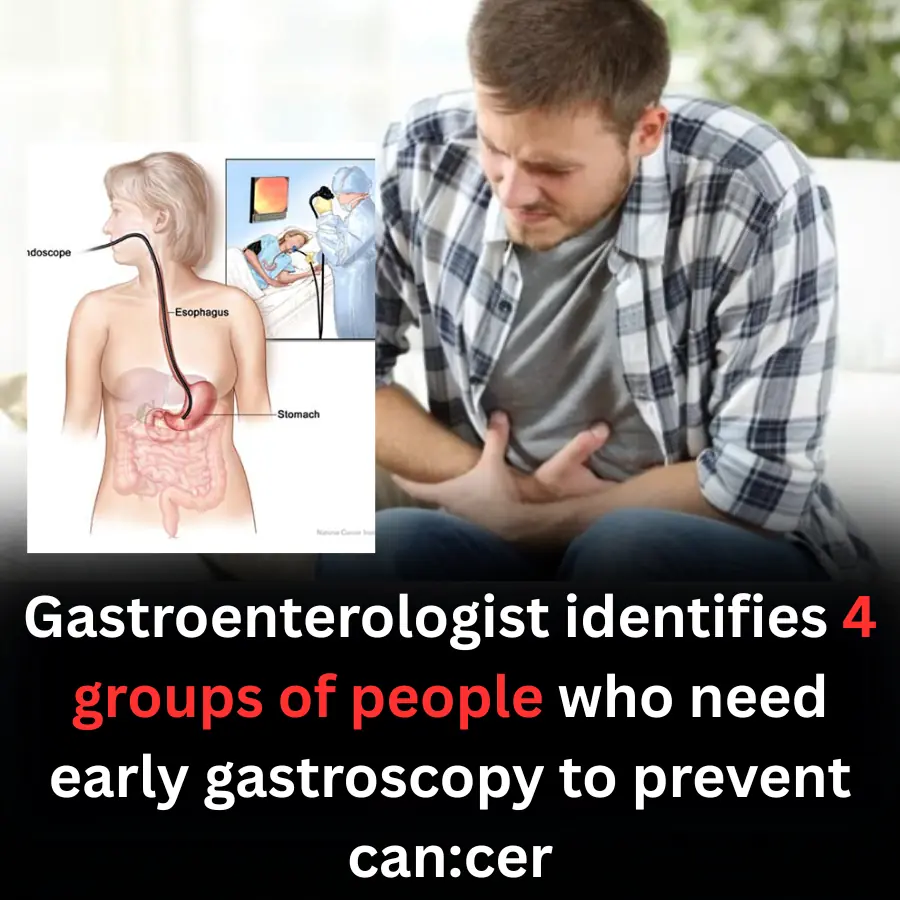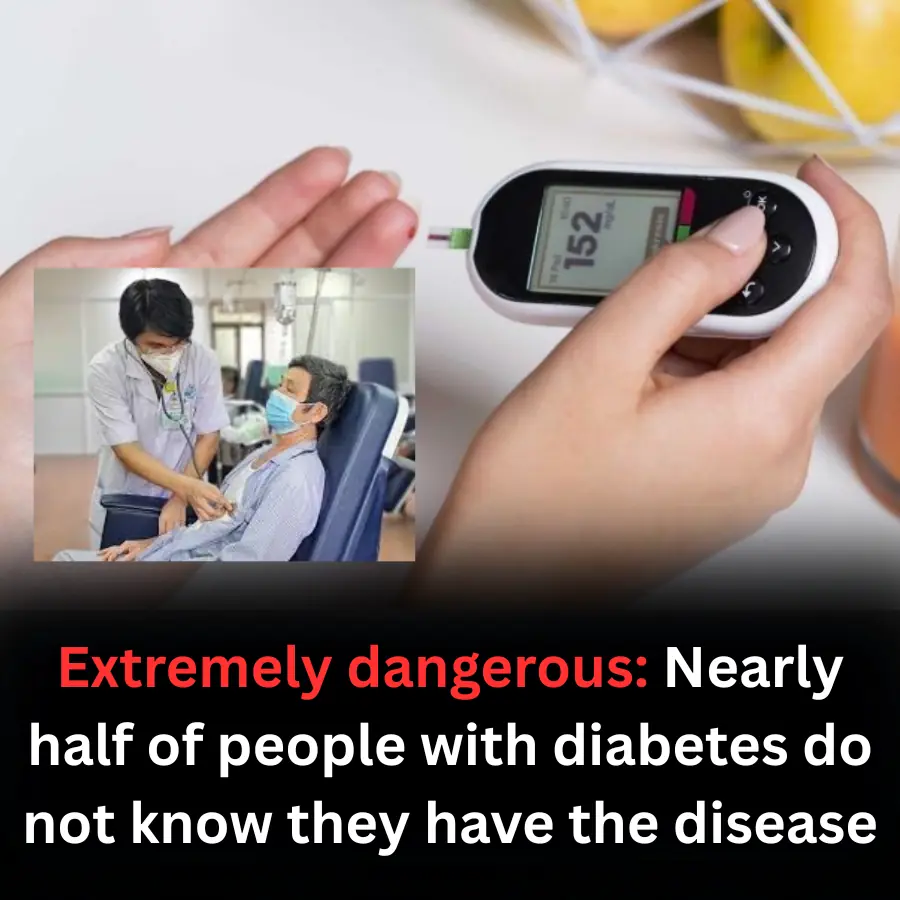Three Eye Signs That Could Signal a Stroke or Cancer—and Why You Shouldn’t Ignore Them
Our eyes are more than just windows to the world—they can also provide vital clues about our overall health. Subtle changes in their appearance or function may indicate serious underlying conditions, including stroke and certain types of cancer. Early detection is crucial: recognizing these warning signs can mean the difference between prompt treatment and delayed diagnosis. Below, we explore three key eye-related symptoms that warrant immediate medical attention.
1. Sudden Drooping of One Eyelid or Facial Asymmetry
What it looks like: One eyelid appears lower than the other, a corner of the mouth droops, or the face looks uneven when you smile.
Why it matters: These changes may signal a stroke—specifically, weakness or paralysis of the muscles controlled by cranial nerves. In a stroke, a blood clot or hemorrhage deprives part of the brain of oxygen, leading to sudden, localized muscle weakness. Although drooping eyelid (ptosis) can have benign causes, when it occurs suddenly alongside facial asymmetry, it should raise immediate concern.
-
Associated symptoms: Numbness or weakness on one side of the body, difficulty speaking clearly, confusion, or trouble walking.
-
What to do: If you notice sudden facial drooping—especially if it affects one side—you should call emergency services without delay. The sooner a stroke is diagnosed, the greater the chance that treatments such as clot-busting drugs or surgical intervention will preserve brain function and reduce long-term disability.
2. Acute Changes in Vision: Blurriness, Double Vision, or Loss of Field
What it looks like: Vision suddenly becomes blurry in one or both eyes, you see double images (diplopia), or you lose part of your visual field (“tunnel vision”).
Why it matters: Abrupt visual disturbances often accompany neurological events like stroke and can also hint at tumors pressing on the optic pathways. In ischemic stroke, blood flow interruption in the areas of the brain governing vision leads to rapid-onset visual defects. Meanwhile, certain brain or eye cancers can grow slowly but eventually impinge on nerves or blood vessels, causing progressive vision loss.
-
Accompanying signs of stroke: Severe headache, dizziness, nausea, or vomiting, along with other neurological deficits (e.g., arm or leg weakness).
-
Cancer-related clues: A persistent blind spot that gradually enlarges, changes in pupil shape, or a visible mass behind or within the eye may suggest an ocular tumor such as melanoma or lymphoma.
-
What to do: Any sudden change in vision demands same-day evaluation. In the context of stroke, every minute counts—brain tissue dies at a rate of approximately two million neurons per minute without adequate blood flow. For suspected tumors, early imaging (MRI or CT scan) and referral to an ophthalmologist or neuro-oncologist are essential for timely diagnosis and treatment planning.
3. Yellowing of the Sclera (Whites of the Eyes)
What it looks like: A golden or yellow tint appears across the normally white part of the eyeball (sclera).
Why it matters: Scleral icterus, or jaundice, results from excess bilirubin in the bloodstream. While mild jaundice often points to benign causes such as gallstones or viral hepatitis, it can also be an early indicator of liver, pancreatic, or bile duct cancers that impair normal bile excretion. Detecting jaundice when it first appears may lead to the identification of malignancies at an earlier, more treatable stage.
-
Other signs of jaundice: Yellowing of the skin, dark urine, pale stools, itching, or abdominal discomfort.
-
Cancer-related associations: Pancreatic head tumors and cholangiocarcinoma (bile duct cancer) frequently present with painless jaundice because the tumor obstructs bile flow without causing significant pain until later stages. Liver metastases from other primary cancers may also manifest as progressive jaundice.
-
What to do: If you notice yellowing of your eyes, schedule medical evaluation promptly. Blood tests (liver function panel), abdominal ultrasound, and cross-sectional imaging (CT or MRI) can help pinpoint the cause. Early identification of an obstructing lesion may allow for surgical resection or targeted therapies before extensive spread occurs.
Why Early Recognition Matters
These three ocular signs—facial asymmetry and eyelid droop, sudden vision disturbances, and scleral yellowing—can develop quickly or insidiously. In the case of stroke, “time is brain”: immediate treatment can save lives and limit permanent disability. For cancer, earlier stages of disease often respond better to surgery, chemotherapy, or radiation therapy.
Moreover, the eyes offer an accessible window to systemic health. Many physicians include a brief eye examination when assessing patients for cardiovascular or oncological risk factors. By paying attention to what your eyes reveal, you empower yourself to seek care at the earliest possible moment.
Reducing Your Risk
While some risk factors cannot be changed—such as age or hereditary predispositions—lifestyle modifications can lower your chances of both stroke and certain cancers:
-
Maintain healthy blood pressure and cholesterol levels. Hypertension and hyperlipidemia increase stroke risk and may contribute to liver damage that precedes malignancy.
-
Adopt a balanced diet. Emphasize fruits, vegetables, whole grains, and lean proteins; limit saturated fats and processed foods.
-
Exercise regularly. Aim for at least 150 minutes of moderate aerobic activity per week to support cardiovascular health and metabolic balance.
-
Avoid tobacco and limit alcohol. Smoking is a potent risk factor for stroke and multiple cancers; excessive alcohol intake stresses the liver and pancreas.
-
Keep up with medical screenings. Regular check-ups, including blood work and age-appropriate imaging or endoscopy, help detect liver, pancreatic, or colorectal cancers at an earlier stage.
When to Seek Help
-
Emergency (call 115/911): Sudden facial droop, slurred speech, unilateral limb weakness, abrupt vision loss, or severe headache with neurological signs.
-
Urgent (within 24 hours): Persistent double vision, gradual loss of part of your visual field, or new-onset eye pain with redness—especially if paired with systemic symptoms.
-
Prompt (within days): Noticeable scleral yellowing, dark urine, unexplained itching, or digestive discomfort lasting more than a week.
Conclusion
Your eyes do more than help you see—they can also warn you when something is seriously amiss. Don’t dismiss sudden eyelid droop or facial asymmetry, acute visual changes, and unexplained yellowing of the whites of your eyes. These are red-flag signs that may indicate a stroke in progress or an underlying cancer obstructing normal organ function. Early recognition, rapid evaluation, and timely treatment are key to improving outcomes. When it comes to your health, vigilance and prompt action are your best allies—start by paying careful attention to the messages your eyes are sending you.

